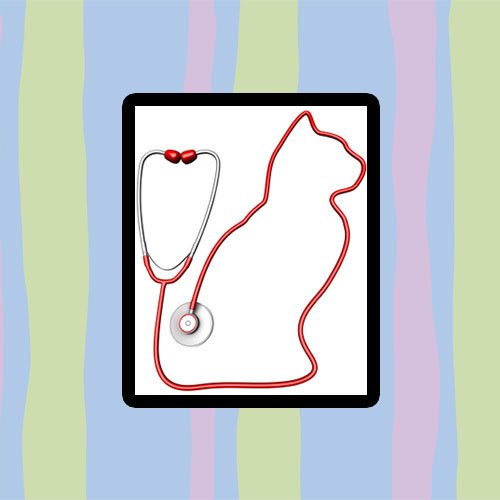
In the UK, and probably in Europe generally and in America, feline diabetes is getting worse. The number of cats with diabetes has more than doubled (an increase of 130%) in the past year. This is shocking and it comes from vets via a pet insurance company who say that owners are overfeeding their cats.
We know that the disease is most commonly caused by obesity. Around 78% of vets report seeing a rise in pet obesity over the past two years. It appears to mirror human obesity.
Cat owners will be shocked to know that an average of £1,880 is spent by cat owners at the vets dealing with feline diabetes. This is triple the cost from a year ago. This implies that the treatments are more expensive or the vets are using feline diabetes as a fresh and lucrative source of income. I am being too cynical.
Argos Pet Insurance spokeswoman, Maia Boylla said:
“The fact that the number of cats being treated for diabetes has more than doubled over the last year is a worrying indicator of increased pet obesity (see cat obesity effects and management) in the UK. This is a big eye-opener for cat owners, as many probably don’t realise just how much damage can be done from a few too many treats.”
There are other factors which contribute to feline diabetes: old age, general inactivity and they say neutering. To say that neutering contributes to obesity and therefore diabetes is a controversial point but a lot of people do say that neutered cats are more prone to becoming overweight (click on this link for more on the subject).
The resident veterinary consultant for Argos Pet Insurance said:
“Diabetes is more common is middle-aged and older cats. Overweight and neutered cats are also at greater risk of the disease which is commonly linked to obesity and an inactive lifestyle.”
I think you will find that neutering is no more prevalent today than it was ten years ago in the UK and therefore we have to put an increase in feline obesity over the past couple of years down to overfeeding rather than neutering. Also does over-prescribing antibiotics for cats contribute to obesity. There is no doubt in my mind that vets over-prescribe antibiotics.
Symptoms of feline diabetes include:
- Increased thirst
- Increase urination
- Increased appetite
- Unexplained weight loss.
It can be treated with injections but the answer is to take preventative steps. I am unsure that the problem is feeding cats so called ‘treats’. That seems to be a presumption. It is more likely that inactive, more elderly cats are feeding on semi-addictive dry cat food, eating too much because it is put down for grazing rather than controlling the input of wet cat food. The pet food manufacturers should be more accountable and act more responsibly.
Search results for ‘obesity‘ on PoC.
Source: Times Newspaper and myself.

Until there is a definitive study there are lots of factors. I know several rescue people who have a diabetic kitten. Obesity really just looks at the fat cat but I believe the road taken to that obesity is more telling. For all the hype specialized cat foods that are supposed to be top shelf have ingredients wet and dry that should be limited in any cats diet. The closer you get to the bottom rung the more damaging grains come into use and at greater quantities. I’d also like to know if GMO is playing a part in this. Added hormones and antibiotics into the food chain. I for one believe human obesity is tied to more than just the amount of food consumed. Not a far stretch to say there may be pet conditions showing up tied to factory farming.